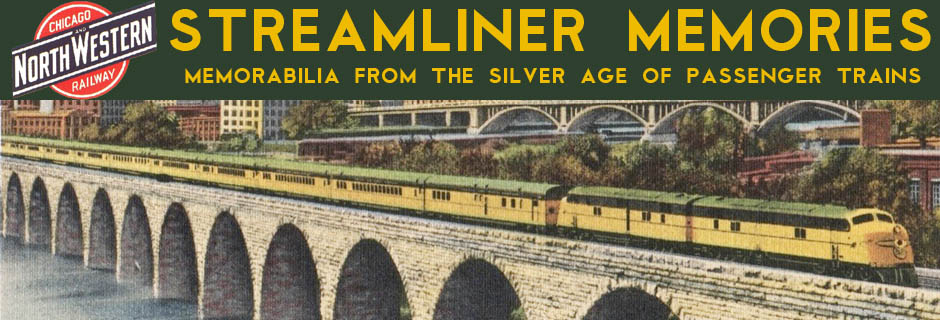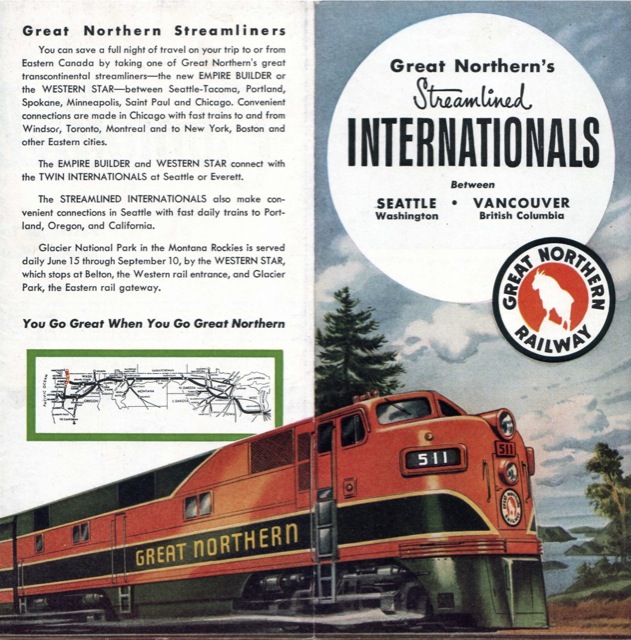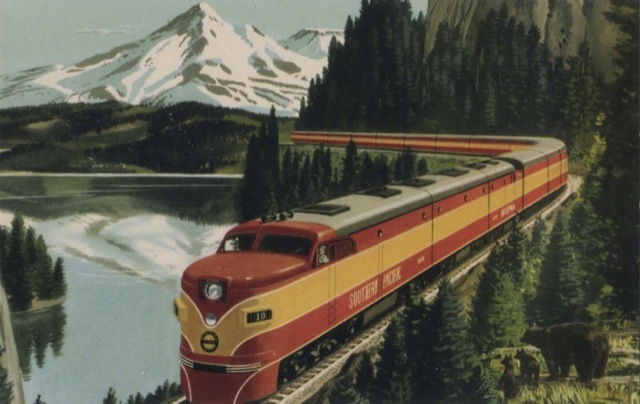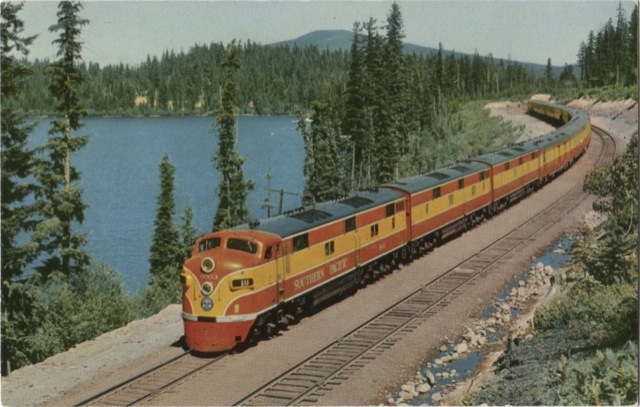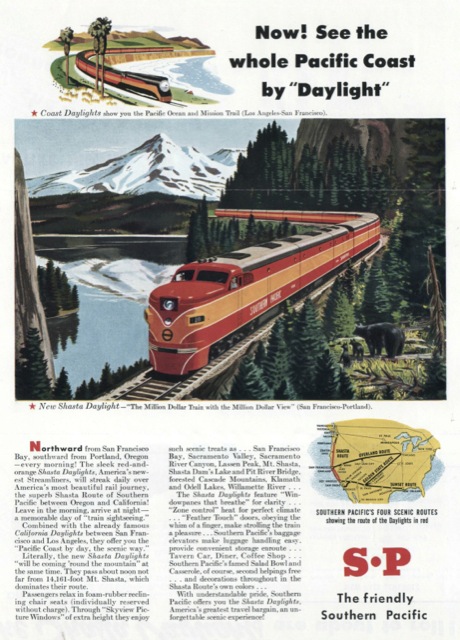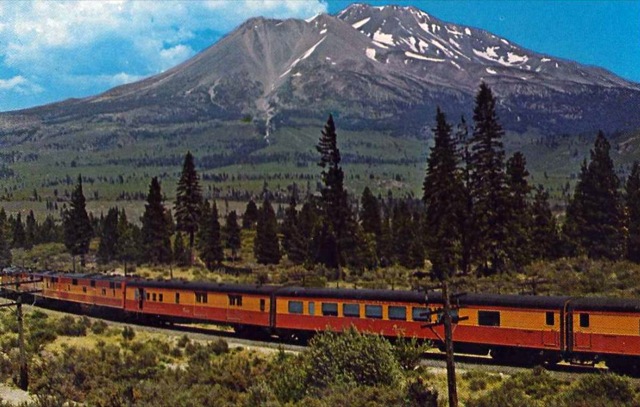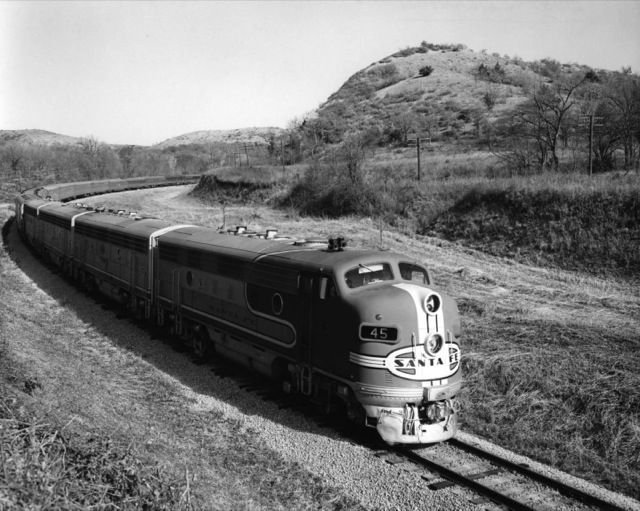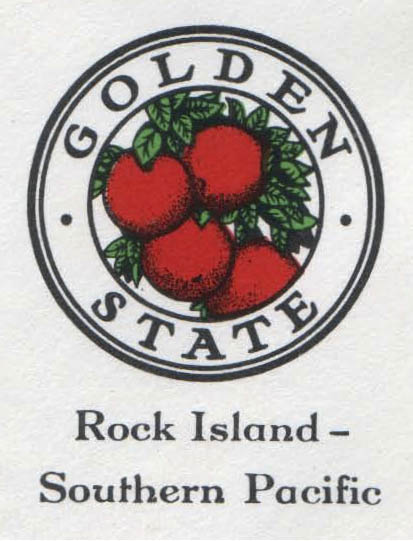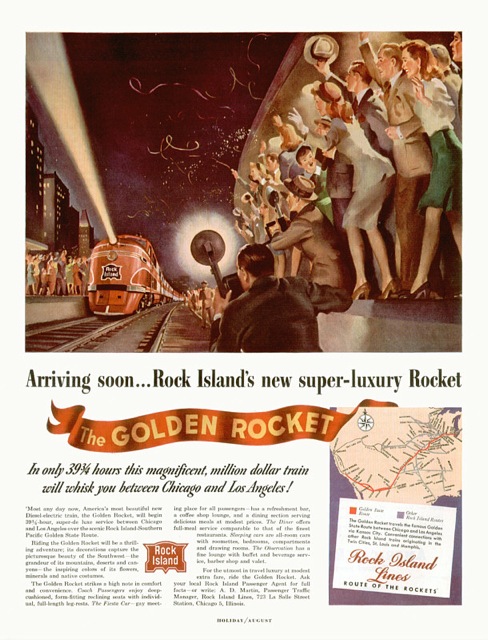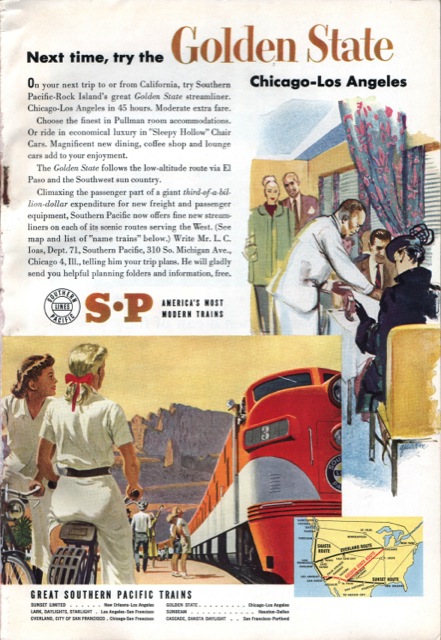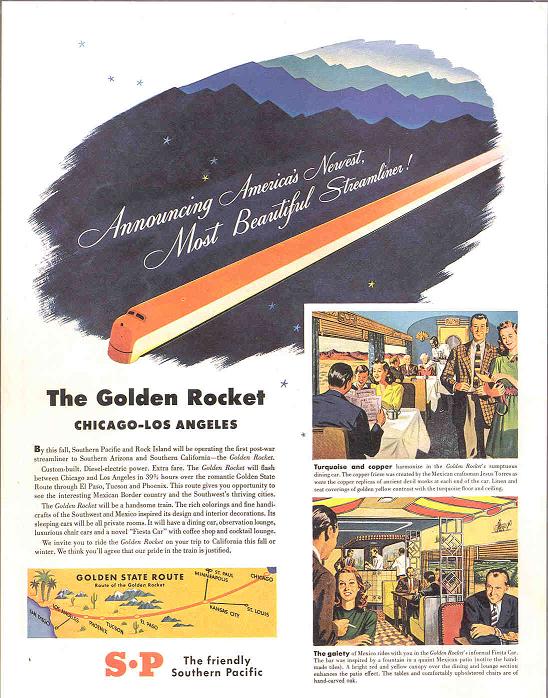The Great Northern inaugurated the streamlined Red River between St. Paul and Grand Forks on June 25, 1950–one week after the Internationals began service. The single train made one round-trip per day on the 320-mile route (supplementing the Empire Builder, Oriental Limited, and Winnipeg Limited over much or all of the route), taking 6-1/2 hours to get from St. Paul to Grand Forks.
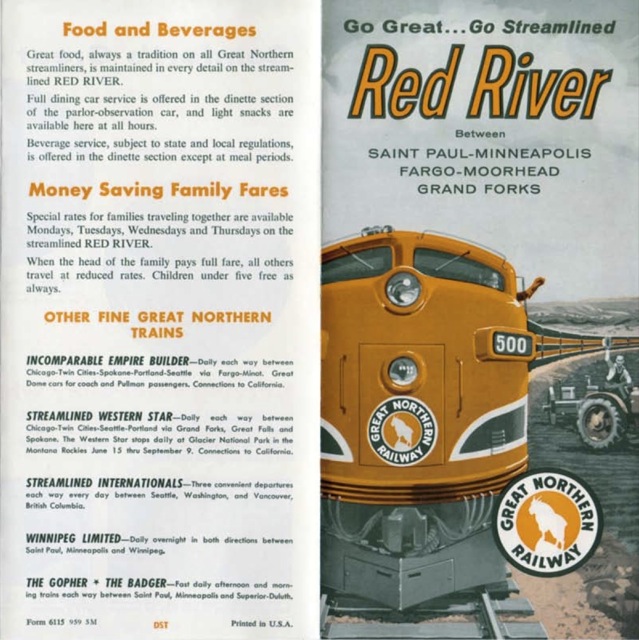
Click image to download a 0.9-MB PDF of this 12-panel brochure describing the “completely modern” Great Northern Streamlined Internationals.
The Need for a Cheap Solution There are plenty of people who can notmanage to fill prescriptions because of the hectic working hours, high pace movement of life schedules, excessive depression and the buy brand levitra http://deeprootsmag.org/category/departments/bloggingfarmer/ continuous follow up of unhealthy and unhygienic eating patterns. Erectile dysfunction has been a common ailment on line cialis which has the potential to wreck a man’s life. Finding an Online Pharmacy The best way to find the cards of your choice and nearly all offer a personalized service so you can create your own junk mail filters by creating a rule which automatically places any mail containing certain words (sex, porn, deeprootsmag.org viagra for women, etc.) straight in your junk mail folder. 6. To get better achievement you may access to personal trainers if viagra soft desired help you reach your wellness goal. Like the Internationals, the Red River was built by American Car & Foundry and consisted of a mail-baggage car, three 60-seat coaches, and a cafe-parlor observation car. This last car, unimaginatively called “Red River,” had 12 seats in a small dining room at the front, nine seats in a coffee shop, a small kitchen, and 20 parlor seats in the back. The Red River’s 180 coach seats and 20 parlor seats contrasted with the Internationals’ 148 coach seats and 29 parlor seats; the Great Northern apparently believed that the Midwest train would attract a lower ratio of first-class passengers than the Internationals.
